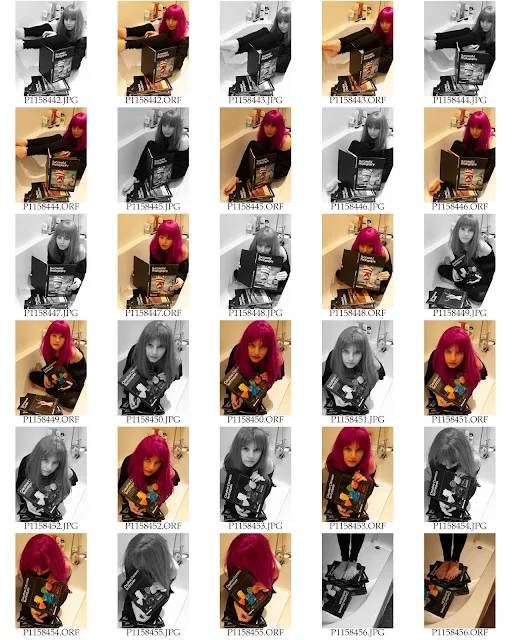Diaries are generally written as a personal document and not intended, at least originally, for publication and this is why often they are so fascinating as they have thoughts that are just meant for the writer themself. Of course, now in this age of oversharing people publish blogs and online diaries and journals and so they are instantly available. This perhaps is not necessarily the best idea as diaries need to be looked back on as a form of memory and consideration and without that hindsight there perhaps is an element of unnecessary oversharing and a conscious act that includes understanding you already have an audience. That is why in my own diary I will only publish a curated version that has the benefit of not considering the audience as I write. The diary above wrote extensively about his hunting exploits and beautifully illustrated and sketched throughout, here an example of his entries; 'In November 1871, he noted they had "one woodcock, 133 rabbits and two pheasants in the bag." Mr Cooper, who was born in 1846 and was 25 at the time he wrote the 1871 diary, also meticulously recorded the weather every day, with quirky comments of his own: 'Bright and beautiful morning. Such as day as we wanted yesterday!' (Mail Online: 12.01.2012).
Diaries can include so many things sketches, collected items ephemera - for instance a restaurant napkin, a postcard, a feather, a flower, a photograph - all of these things bring the diary to life and enhance the personal nature of the journey the author is describing, as the diary is experience.
The Morgan Libray and Museum states; 'Charlotte Brontë (1816–1855) relied on her diary to escape stifling work as a schoolteacher; Tennessee Williams (1911–1983) confided his loneliness and self-doubt; John Steinbeck (1902–1968) struggled to compose The Grapes of Wrath, and Bob Dylan (b. 1941) sketched his way through a concert tour.' (Morgan Library & Museum: 21.01.2011-22.05.2011) People write diaries for many, many reasons - it could be just to reflect on the day, to record for their own memory, to quell loneliness and isolation or to explore ideas before they are fully formed. Nick Cave used his diary as a handwritten dictionary 'One hallmark of Cave’s writing style is a diverse vocabulary. A Nick Cave song never suffers for a lack of vividness and we’ve found the secret to his success: He keeps a handwritten dictionary of all his favourite words. ' (Endpaper: The Paperblanks Blog: 24.01.2013)
Diaries are beautiful things and there is so much more to explore here on a personal level with my own diary. I will continue to write and dedicate myself to this in the hope that in the end I may have something that is worth sharing.
References
Bakewell J (31.12.2010) BBC Magazine, A Point of View: The Art of the Diary [Online] Available from: https://www.bbc.co.uk/news/magazine-12092962 (Accessed 26.01.2020)
Endpaper: The Paperblanks Blog (24.09.2013) Famous Diaries: Nick Cave's Handwritten Dictionary [Online] Available from: http://blog.paperblanks.com/2013/09/famous-diaries-nick-caves-handwritten-dictionary/ (Accessed 26.01.2020)
Mail Online (12.01.2012) The watercolour diaries of a 19th century country gentleman (who preferred keeping a diary of his hunting exploits to work) [Online] Available from: https://www.dailymail.co.uk/news/article-2085661/Solicitor-George-Coopers-diaries-insight-Victorian-life-watercolour-paintings.html (Accessed 26.01.2020)
Morgan Library & Museum (21.01.2011-22.05.2011) The Diary Three Centuries of Private Lives [Online Exhibition] Available from: https://www.themorgan.org/exhibitions/the-diary (Accessed 26.01.2020)






















